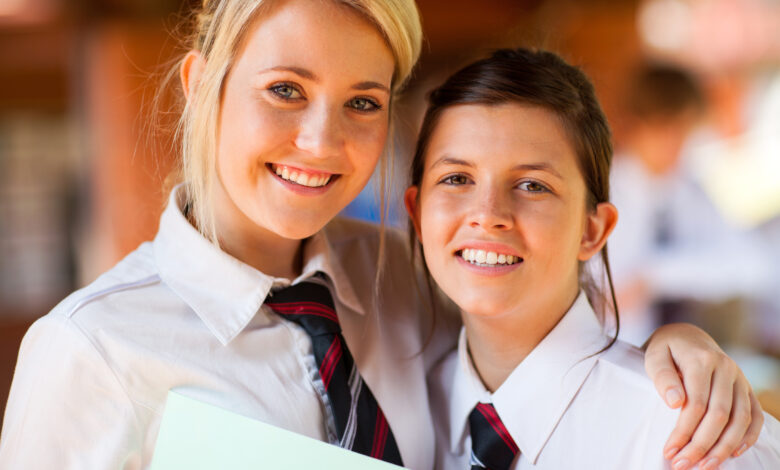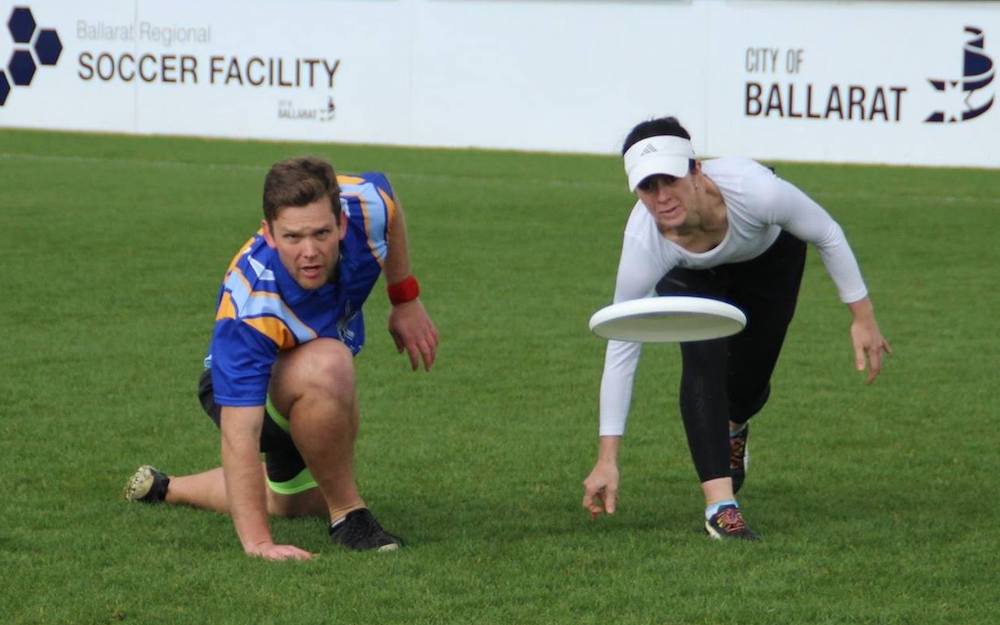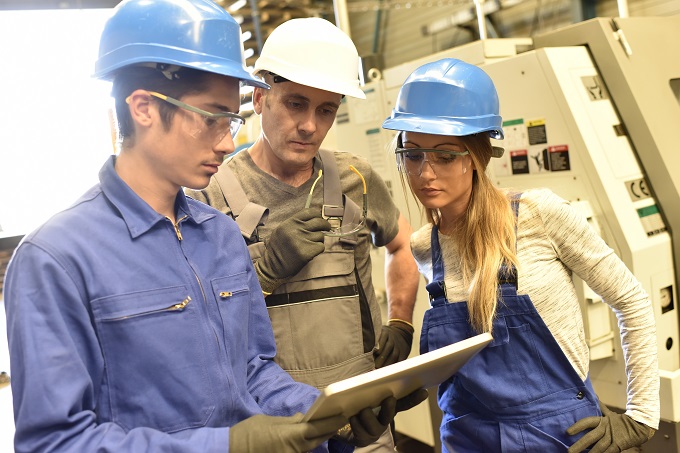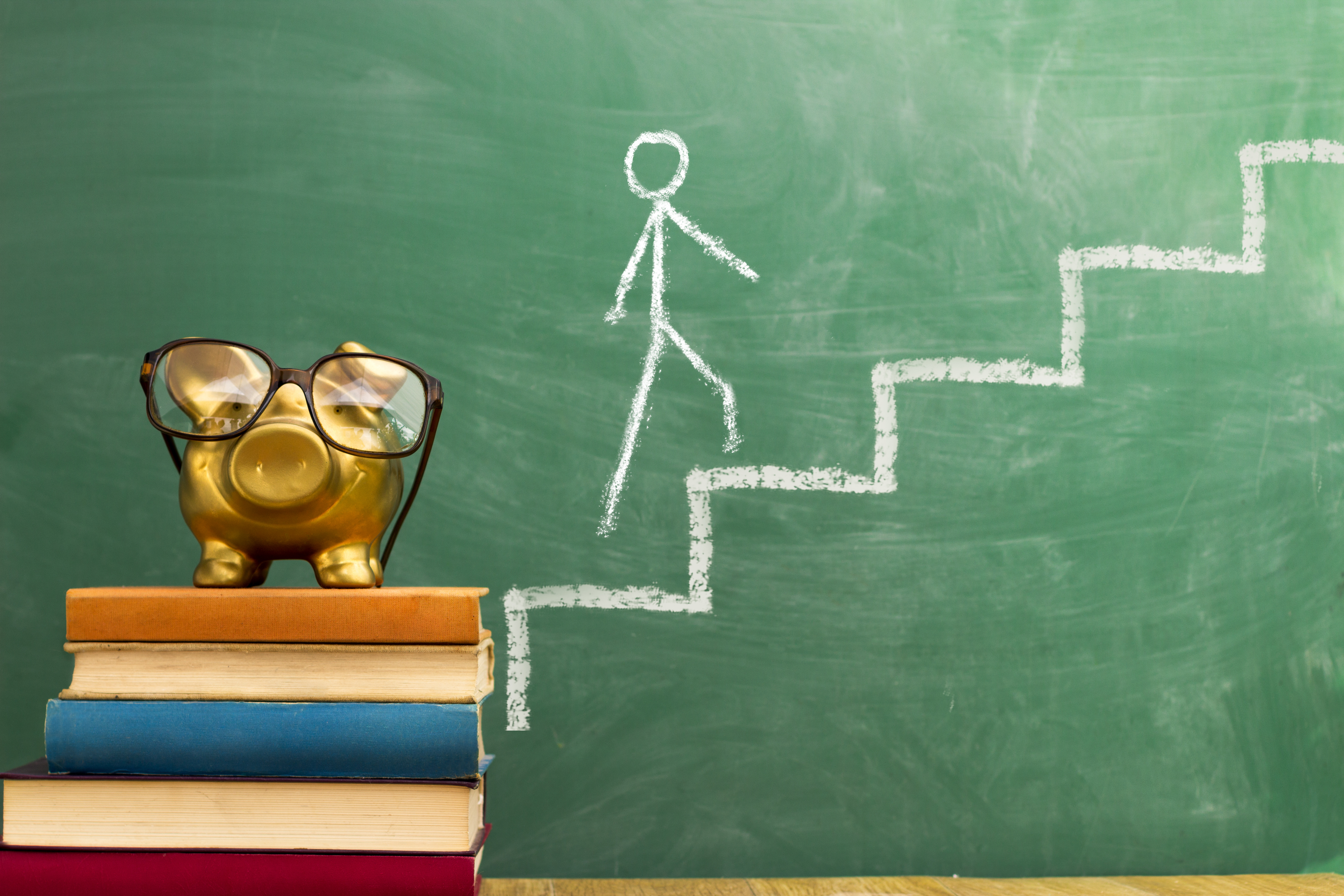
The latest Community Tracker report from Suicide Prevention Australia, the national peak body for suicide prevention, reveals a worrying trend: social isolation, loneliness, bullying, and family breakdowns are now key causes of distress among young people—often more so than financial concerns.
One in three young Australians report heightened feelings of loneliness, significantly more than older age groups, and nearly three in ten Australians know someone, either directly or indirectly, who has died by or attempted suicide in the past year.
Read the latest print edition of School News HERE
Results from the report show that over a third of young people say isolation and loneliness are key drivers of their distress, outranked only by cost of living and personal debt concerns. These are closely followed by social media, self-image and bullying, and family and relationship breakdown, revealing social stressors as the majority concern for young Australians.
One positive finding from the report however, is that help-seeking is on the rise, and more young people are reaching out for help from peer and community services than ever before
These findings should be a wake-up call for all of us—and especially for schools, which play a central role in the lives of young people.
What schools can do
Schools are uniquely positioned to support young people during this time of heightened vulnerability. Here are some practical steps schools can take right now:
Create safe and inclusive spaces
Students are seeking connection. Schools can foster belonging by:
- Establishing peer support or buddy programs for all students, not just those obviously ‘at-risk’
- Creating student-led wellbeing committees
- Ensuring LGBTQIA+, First Nations, and culturally diverse students feel seen and valued.
Teach social and emotional learning
Equip students with tools to manage emotions and support peers through:
- Teaching students about empathy, resilience, and communication
- Providing opportunities for students to reflect, share and listen
- Encourage whole-school approaches to kindness, consent and respect
Related article: Build a strong school community to prevent bullying
Bring in community voices
The Community Tracker shows young people are turning to peer and community support. Schools can reflect this by:
- Inviting local mental health organisations to run workshops
- Connecting with youth centres or local services for referrals and collaboration
- Involving parents and carers in wellbeing education
Train and empower staff
Teachers and support staff are often first responders. Schools should ensure:
- Staff receive suicide prevention training where appropriate
- Teachers know how to refer students to professional support early
- Ensure that ‘wellbeing’ teams are adequately resourced and supported
Related article: Tackling childhood trauma in schools

Move beyond one-off wellbeing days
Events like R U OK? Day and Mental Health Month are important—but the message must be ongoing. Meaningful wellbeing support means:
- Embedding mental health across the curriculum
- Having clear, student-informed wellbeing strategies
- Providing long-term, consistent programs—not just awareness days
Related article: Tackling anxiety in autism: What educators need to know
Young people are asking for connection
Acting CEO of Suicide Prevention Australia, Christopher Stone, warns that without urgent government action, we risk failing an entire generation:
“We must not become complacent… [and] we can’t afford to look at distress in silos. It’s not just about cost-of-living pressures or social isolation – it’s about how they interact and compound on each other.”
He continues: “although suicide is a complex human behaviour with many risk factors, research demonstrates clear linkages between experiences of loneliness and suicide. For men in particular, the risk of suicide decreases with increasing social integration.”
The good news is that schools don’t have to wait for national policy shifts. Change can begin in every classroom, every hallway, and every conversation.
Resources and support
- Lifeline: 13 11 14 | www.lifeline.org.au
- Kids Helpline (ages 5–25): 1800 55 1800 | www.kidshelpline.com.au
- Beyond Blue: 1300 22 4636 | www.beyondblue.org.au
- headspace: www.headspace.org.au







